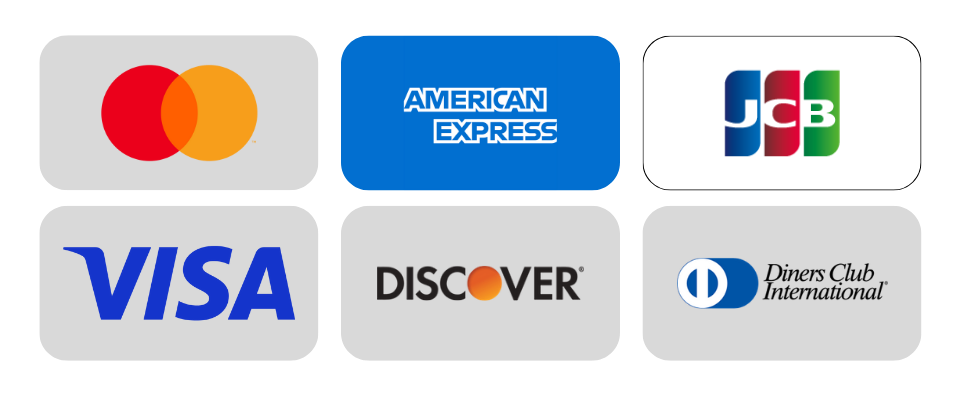
What is the best treatment for low back pain?
What is the best treatment for low back pain? Well it turns out it’s not drugs, injections or surgery – so what is it?
Call us: Mon-Fri 8:00-19:00, Sat 8:30-17:00

The new NICE guidance for chronic pain has caused anger and confusion. However, I believe there are positives to draw from the guidance.
On 7th April the National Institute for health and Care Excellence (NICE) issued new guidance to healthcare professionals regarding the effective treatment of chronic pain.
Chronic pain is probably better described as persistent pain. It is pain which has persisted for more than 3 months. This time frame is significant as the majority of tissue damage repairs within this period. If this is the case then we shouldn’t still be experiencing pain after this time.
However, we now know that whilst pain from tissue damage happens when signals are sent to the brain, persistent or chronic pain is different. In this instance, the brain acts like a fire alarm, signalling there is a problem even if there is no longer any tissue damage.

With persistent (chronic) pain the brain acts like a fire alarm, creating pain when it perceives danger.
The brain does this subconsciously based on many factors, including past experiences, our stress levels and even our belief in the effectiveness of the treatment we are prescribed.
In their attempt to recognise this, the NICE guidance for chronic pain are split into chronic primary pain (no known cause) and chronic secondary pain (known cause).
The announcement has created both confusion and anger amongst people with persistent (chronic) pain and pain specialists alike.

The British Pain Society (BPS) declared in their initial response that the new terminology of chronic primary and chronic secondary pain was confusing as 1) many people with persistent pain experience both categories of pain, and 2) it isn’t straightforward to differentiate between the two.
Commenting in the Guardian, Dr Rajesh Munglani, a consultant in pain medicine at Royal Papworth Hospital, and council member of the British Pain Society wrote that prescribing exercise over drugs for chronic sufferers risks causing more distress.
Despite 15 studies being presented on the effectiveness of manual therapy for the treatment of chronic pain, NICE felt there was insufficient evidence to include manual therapy as a treatment option.

As someone who lives with persistent pain and as a manual therapist working with people with persistent pain, whilst I recognise these are genuine concerns, it is worth drawing our attention to the parts of the guidance which I think are a step in the right direction and that are evidenced as being effective.
In recognising the complexity of persistent pain, the NICE guidance for chronic pain focuses on a different approach with particular attention being paid to understanding, shared decision making, collaboration and a tailored plan.
The guidelines also recognise the dangers of the long term use of drugs and the benefits of the natural pain-killing effects of movement and exercise.
I believe this is all positive and a step in the right direction. Peter Moore is a man living with pain himself and the founder of the pain toolkit, a resource to help people living with persistent pain as well as health professionals treating persistent pain.
In this BBC interview Peter explains why the term persistent pain is used and why exercise is a preferred long term solution to drugs.
He is joined by Dr Adam Al-Khafaji who explains the long-term ineffectiveness of pain-killers.
If you are experiencing persistent pain and don’t feel you have found the way to manage it effectively, I highly recommend having a look at Peter’s pain toolkit.
Within the toolkit you’ll also see why Peter believes it is important to get the right people around us and to measure and choose which things work best for us individually.
This could be movement, massage, acupuncture, meditation or a combination of things which we find helps turn down the pain volume.
This article contains more information on how to relieve chronic pain.

What is the best treatment for low back pain? Well it turns out it’s not drugs, injections or surgery – so what is it?

Here are 5 essential reminders that we can turn to regularly to help us on our pain-relief pathway.

Massage balls are great for self-care. They really do work at relieving muscle pain. Here’s 3 to simple steps to get them working for you.
Address
71 Princes Avenue
London
N13 6HA
Telephone
020 7661 7044
hello@stevenmurdoch.co.uk
